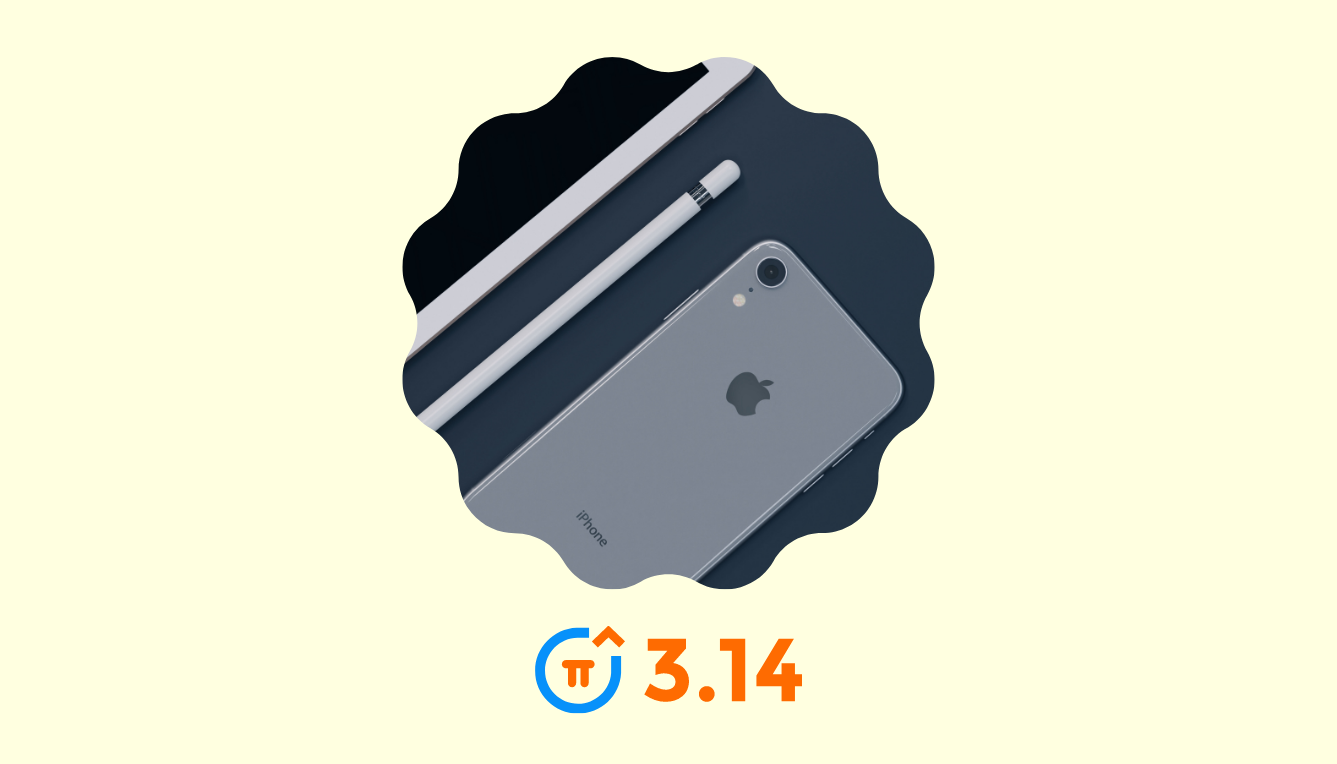The launch of App Tracking Transparency(ATT) framework by Apple in iOS 14.5 has been one of the most important events in the history of Digital Marketing.
While it was certainly a welcomed move as far as consumer privacy was concerned, ATT created a massive challenge for mobile app marketers. Suddenly, data was mostly limited and aggregated, making things totally different for user level-driven measurement and optimization.
And the question that first comes to our mind is “How did ATT impact the number of downloads driven by marketing?” In this blog we will try to answer this question and declutter it part by part.
Due to Covid 19 lockdowns there has been a huge surge in digital traffic. Just like 2020, enhanced digital consumption of mobile devices in 2021 was a great starting point for the mobile app space. But on April 26th, Apple’s iOS 14.5 changed how the marketing game was played. Although the overall app installs climbed, which can be easily measured. The problem of magnitude was, initially, the difficulty to measure non-organic installs (NOIs) and dedupe data from multiple sources.
Some of these sources are:
- StoreKit Ad Network(SKAN): It is a privacy-centric API operated by Apple. It helps ad networks and advertisers measure their ad activity (such as impressions, clicks, and app installs) on an aggregated level. SKAN is a type of direct install attribution. It was developed to provide privacy-preserving, accurate attribution for iOS campaigns to advertisers without revealing any user-level or device-specific data.
Other than SKAN, there are also traditional attribution performed for :
- ATT-consented user: Attribution based on ID matching. Although consent rates were higher than anticipated, the majority of users could not be attributed with ID matching as it requires dual consent.
- Non-consented users: Attribution based on AppsFlyer’s aggregated models – Aggregated Advanced Privacy framework for paid media or probabilistic modeling for owned media.
- Older versions users: Those who have yet to upgrade to iOS 14.5+.
Initially, traditional attribution took a hit, dropping 25% by June 21st and then a further 5% by mid September. On the SKAN side things weren’t looking better early on either, with slow adoption and implementation among advertisers and media companies alike.
While SKAN traffic started climbing in July, traditional attribution remained low. Over time, however, innovation started kicking in as we invested significant resources in alternative and privacy compliant measurement.
Clearly, winning credit for NOIs this year has been tough for iOS marketers, with an overall 5% drop (while Android NOIs increased 15%).
But the scenario has seen a slight change in the last couple of months. Traditional attribution picked up speed, rising by 17%. With the continued adoption of SKAN, measurement capabilities have been largely retained with the number of attributed NOIs nearing pre-iOS 14.5 levels.
So we can say that the future of Marketing measurement capabilities is optimistic. With time, the industry is slowly adapting to the new privacy norm and enhancing their measurement capabilities. The improvements will be driven by better and more sophisticated models, increased usage of predictive analytics, acquired expertise in SKAN – particularly optimizing conversion values, and all around innovation across the ecosystem.
And in future if Apple adds more privacy compliant data to SKAdNetwork, particularly much-needed organic data, GEO level information, deferred deep linking, and data from web-to-app and remarketing campaigns, we can easily go back to pre ATT era of marketing measurement capabilities but with better user privacy, which will be a win-win situation for all.

